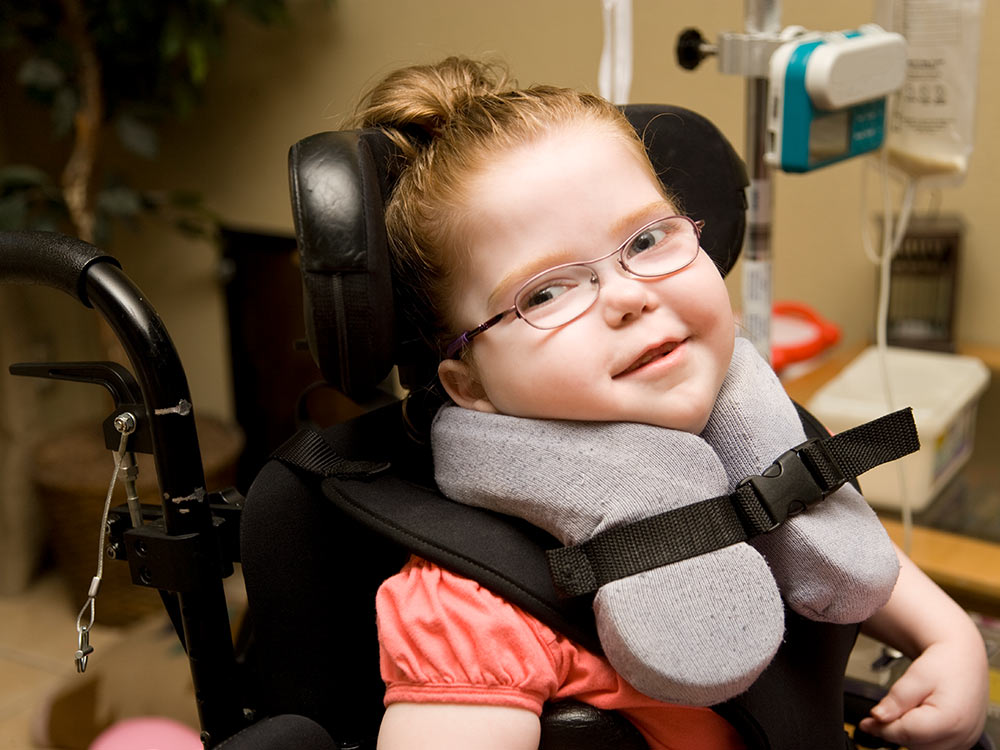Cerebral Palsy: Causes, Symptoms, and Treatment

Cerebral palsy is a neurological disorder that affects movement and muscle coordination. It is caused by damage to the developing brain, which can occur before, during, or shortly after birth. Cerebral palsy can impact a person’s daily life in many ways, but there are treatment options available to help manage the symptoms and improve quality of life.
Causes of Cerebral Palsy
Cerebral palsy is caused by damage to the developing brain. This damage can occur before birth, during birth, or shortly after birth. Some common causes of cerebral palsy include:
- Lack of oxygen: A lack of oxygen to the brain during childbirth can cause damage to the developing brain, which can lead to cerebral palsy.
- Infections: Infections during pregnancy can increase the risk of cerebral palsy.
- Brain damage: Traumatic brain injuries or infections after birth can also lead to cerebral palsy.
Symptoms of Cerebral Palsy
The symptoms of cerebral palsy can vary depending on the type and severity of the condition. Some common symptoms of cerebral palsy include:
- Difficulty with movement and coordination
- Muscle stiffness or spasticity
- Tremors or shaking
- Poor balance and coordination
- Difficulty with speech or swallowing
Treatment Options for Cerebral Palsy
While there is no cure for cerebral palsy, there are treatment options available to help manage the symptoms and improve quality of life. Some common treatment options for cerebral palsy include:
- Physical therapy: Physical therapy can help improve a person’s balance, coordination, and range of motion. This type of therapy can also help reduce muscle stiffness and improve overall mobility.
- Medications: There are several medications available to help manage the symptoms of cerebral palsy. These medications work by relaxing the muscles and reducing spasticity.
- Surgery: In some cases, surgery may be necessary to help improve mobility and reduce muscle stiffness.
- Assistive devices: Assistive devices such as braces, crutches, and wheelchairs can also help improve mobility and reduce the impact of cerebral palsy on a person’s daily life.

Cerebral palsy is a neurological disorder that affects movement and muscle coordination. It is caused by damage to the developing brain, which can occur before, during, or shortly after birth. Symptoms of cerebral palsy can include difficulty with movement and coordination, muscle stiffness or spasticity, and tremors or shaking.
While there is no cure for cerebral palsy, there are treatment options available to help manage the symptoms and improve quality of life. Physical therapy, medications, surgery, and assistive devices are all treatment options that can help manage the symptoms of cerebral palsy.
If you or a loved one is experiencing symptoms of cerebral palsy, it is important to seek medical advice from a qualified healthcare provider. They can help determine the best treatment options and provide guidance and support throughout the treatment process.
In conclusion, cerebral palsy can have a significant impact on a person’s daily life, but there are treatment options available to help manage the symptoms and improve overall quality of life. Understanding the causes and symptoms of cerebral palsy can help individuals and their loved ones better navigate the challenges associated with this condition.
